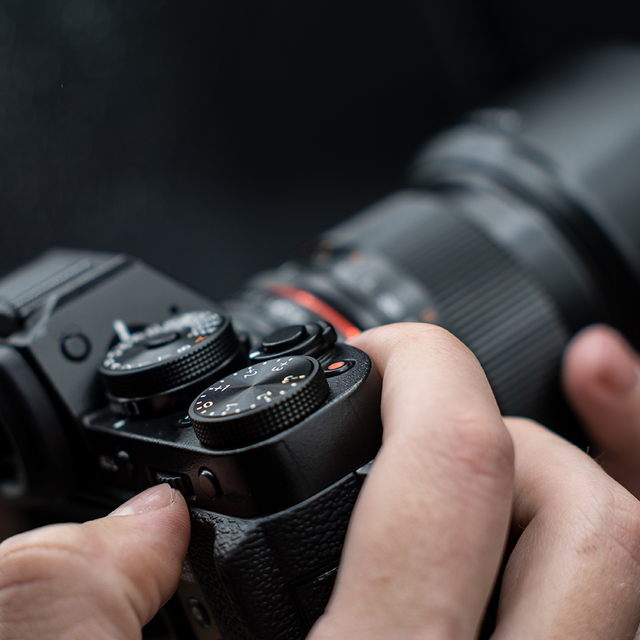Basic Camera Functions for the Forensic Photographer - Webinar - March 31, 2023
SKU:
033123-BCFFP
$169.00
$169.00
Unavailable
per item
Instructor: Amy Santoro, MFS, CBPA, CSCSA
Hours: 10:00 am - 5:00 pm CDT
Registration : Once tuition has been paid, you will receive a registration link via email.
Payment: Please ensure that the student name(s) are entered in the shopping cart. If you are employed by an agency requesting to be invoiced for tuition or if you require assistance with registration, please contact Phil Sanfilippo at [email protected] or call 800-438-7884, ext. 1025.
Hours: 10:00 am - 5:00 pm CDT
Registration : Once tuition has been paid, you will receive a registration link via email.
Payment: Please ensure that the student name(s) are entered in the shopping cart. If you are employed by an agency requesting to be invoiced for tuition or if you require assistance with registration, please contact Phil Sanfilippo at [email protected] or call 800-438-7884, ext. 1025.
Basic Camera Functions
Many agencies provide digital cameras to their employees to document crime scenes, evidence, and other administrative functions. Unfortunately, some of these agencies do not provide adequate training for the person to whom the camera is issued, leaving them to teach themselves photography by trial and error. This course is specially designed to assist in the learning process by teaching students the correct way to prepare and use their cameras for capturing high quality digital images especially when documenting crime scenes and evidence. Students will learn how to control their aperture, shutter speed, and ISO to take properly exposed photographs. In order to complete the practical exercises, students will need a DSLR or mirrorless camera capable of being operated manually.
The proper techniques required to obtain examination quality photographs that are suitable for presentation in court will be stressed.
Practical Exercises
Many agencies provide digital cameras to their employees to document crime scenes, evidence, and other administrative functions. Unfortunately, some of these agencies do not provide adequate training for the person to whom the camera is issued, leaving them to teach themselves photography by trial and error. This course is specially designed to assist in the learning process by teaching students the correct way to prepare and use their cameras for capturing high quality digital images especially when documenting crime scenes and evidence. Students will learn how to control their aperture, shutter speed, and ISO to take properly exposed photographs. In order to complete the practical exercises, students will need a DSLR or mirrorless camera capable of being operated manually.
The proper techniques required to obtain examination quality photographs that are suitable for presentation in court will be stressed.
- Camera basics (30 minutes)
- Understanding the DSLR camera
- Understanding camera and image resolution
- The importance of sensor size in forensic photography
- Image file types (30 minutes)
- File size
- Jpg v TIFF v RAW
- Focus (45 minutes)
- Manual focus
- Types of auto focus
- Minimum focusing distance
- Diopter
- Metering (20 minutes)
- Terminology (20 minutes)
- Aperture
- Shutter speed
- ISO
- Stops
- Camera modes (20 minutes)
- Program
- Shutter priority
- Aperture priority
- Manual
- Exposure triangle (75 minutes)
- Aperture / Depth of Field
- Shutter speed
- ISO
- Flash basics (30 minutes)
- Proper photography stance (10 minutes)
- Review and Final Exam (15 minutes)
- Practical exercises (45 minutes)
- Practical exercise review (20 minutes)
- Instructor will show examples of the expected outcomes as well as an explanation of what settings were utilized to obtain the images.
- Representative sampling of images from the assignment will be reviewed in such a way as to promote self-assessment.
- Students will also be provided with the opportunity to submit their images for review upon the completion of the course of instruction.
Practical Exercises
- Students will complete a “how to guide” for their own camera to use as a cheat sheet for themselves. This will allow students to learn how to change important settings, including file type, camera modes, manual to auto focus, and adjust their aperture, shutter speed and priority (to be completed during lecture portion)
- Students will complete a photo assignment where they will demonstrate their ability to control depth of field and take a properly exposed photograph (to be completed during the webinar.)
Certification
This course has been submitted to the IAI Certification Boards for approval. Please see our IAI Certifications page for more information.
This course has been submitted to the IAI Certification Boards for approval. Please see our IAI Certifications page for more information.

